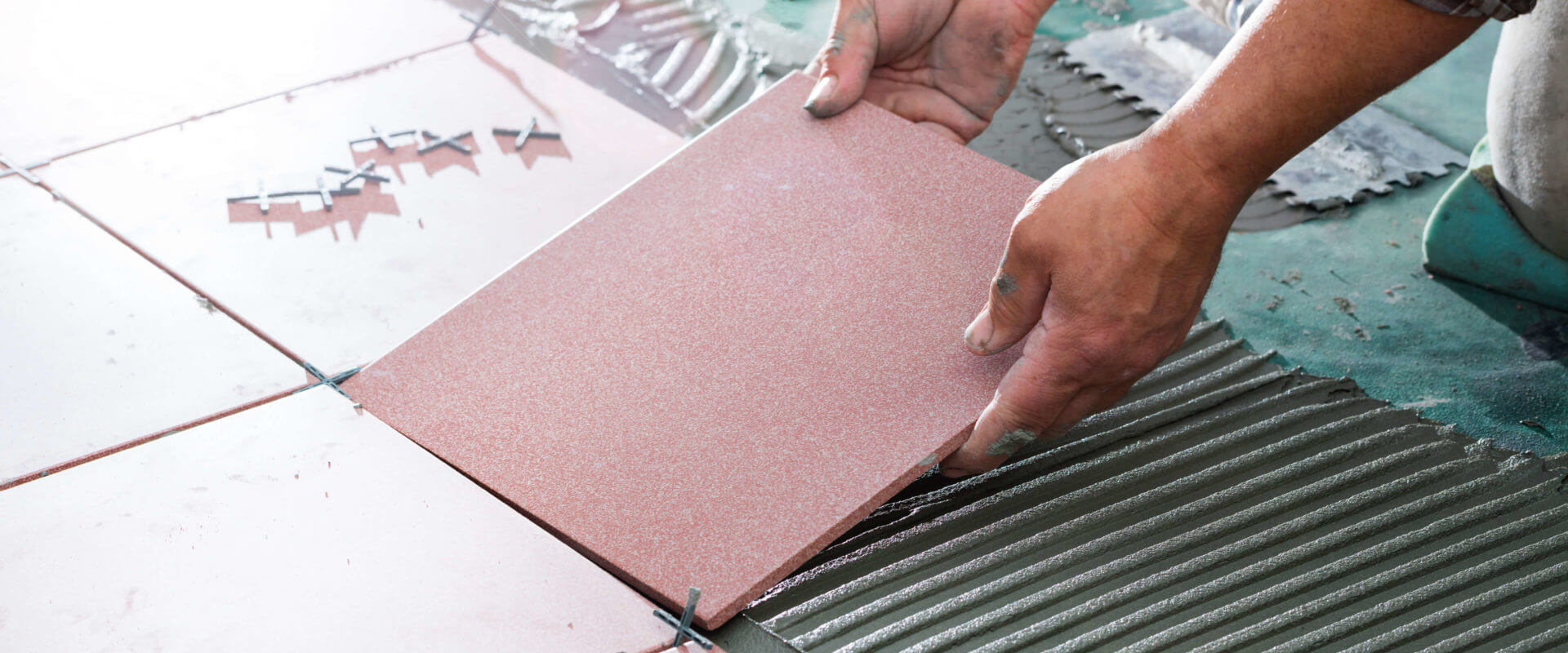People love ceramic or porcelain tile floors because they can be as functional as they are aesthetically pleasing.
For an authentic alternative to hardwood in indoor areas that must be able to handle water and heavy traffic, ceramic or porcelain tile are great options.
Ceramic tile also can be manufactured to mimic the look of other materials, such as wood, glass, metal, and, yes, natural stone. In addition to being durable and water-resistant, ceramic is suitable for underfloor heating.
Ceramic vs. Porcelain
Porcelain and ceramic tile are close cousins, particularly when compared to other natural, water-resistant surfaces such as natural stone. The chief difference is that porcelain tile is more impervious to water than ceramic tile.
Glazed or Unglazed
You can get a ceramic floor glazed or unglazed:
- Glazed ceramic: The vast majority of ceramic tiles are manufactured with a glaze to make them tough, waterproof, and highly stain-resistant. It needs no sealer or other protective finish of any kind.
- Unglazed ceramic: Ceramic tiles can also be purchased in their natural unglazed state and that’s often preferred because of the natural, rustic beauty of the pure clay. While they will readily absorb liquids and staining agents, this can be prevented to some extent by applying a quality chemical ceramic tile sealer.
- Terra cotta: Terra cotta is a specific form of unglazed ceramic that is made from a type of red clay found in Mexico and parts of Europe. These materials produce tiles with distinctive patterns and hues that are quite attractive and are popular for a southwest-style or Mediterranean decor. However, the material is porous and must be sealed to prevent stains and moisture absorption.
Talk to ACS About Your Ceramic Floors
As you narrow down the look and feel of your ceramic floor, talk to ACS. Preparation is critical for getting ceramic materials installed correctly. Having a proper substrate (the surface on which the ceramic tile will be laid) is critical.
Preparing for Your Installation
To get ready for your new floor, you will need to take some steps before the installers arrive. Download our Preparing for Your New Floor Checklist.
